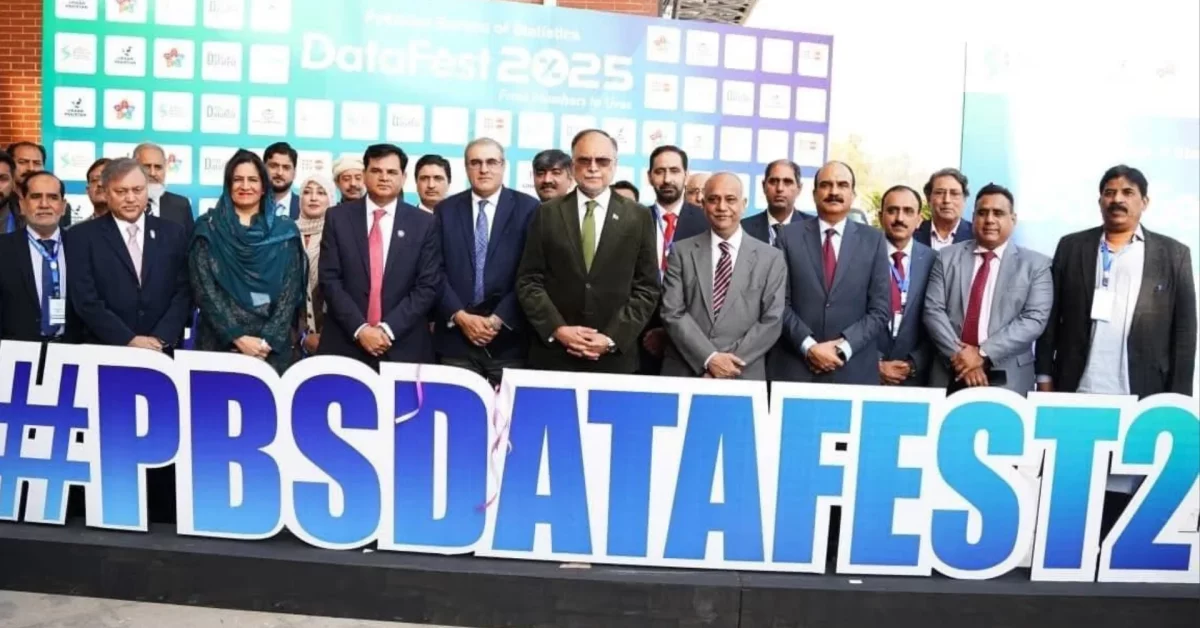
Menu Metamorphosis: The QR Code Revolution
February 1, 2024
WebMD: When Self-Diagnosis Takes Over
February 3, 2024Pixelating Prose: The Role of Technology in Literature
In the hallowed halls of literary history, poetry has been a revered form of artistic expression, capturing the essence of human emotions and experiences. Traditionally, preserving these poetic treasures involved dusting off ancient tomes, carefully turning delicate pages, and hoping time would be kind. However, the digital era has ushered in a revolution, transforming how we interact with the profound verses of our past.
Gone are the days of quills and parchment, when preserving literature meant meticulous cataloguing and safeguarding of physical manuscripts. The challenges were as tangible as the works themselves, with ageing paper and the fragility of ink creating a precarious balance between preservation and decay.
Enter the digital age—a land where bits and bytes hold the power to immortalise poetic beauty. Digitization has revolutionised the preservation game, offering a lifeline to works that once faced the inevitable march of time. Now, anything can be encoded, stored, and retrieved with a few keystrokes, and literature finds a new home online as physical archives evolve into virtual sanctuaries.
Platforms like Rekhta and the Poetry Foundation have become digital havens, allowing enthusiasts to explore vast collections at their fingertips. The transition from leather-bound volumes to pixels on a screen has expanded accessibility and broadened the poetry community.
Likewise, E-readers and devices like Kindles are the modern-day scrolls, carrying entire libraries within their slim frames. These devices not only cater to the convenience of carrying a multitude of literary works but also introduce features like adjustable font sizes, interactive annotations, and built-in dictionaries, enhancing the overall reading experience, and making it an easier experience for more.
Furthermore, the rise of literary communities flourishing across social media platforms, such as BookTok (on TikTok), has added a contemporary twist to literary appreciation. Through short, engaging videos, readers share their favourite books, dissect plot twists, and recommend hidden gems, creating a vibrant and rapidly evolving digital book club.
Of course, another obstacle has been surpassed — geographical boundaries crumble in the face of technology. Literature, once confined to specific regions or languages, now transcends borders. Social media acts as a modern-day agora, where lovers of verse convene, share, and celebrate the beauty of language. The democratization of access breathes new life into classic and contemporary works alike, welcoming new interpretations and recreations.
Yet, as we revel in the digital renaissance, some pressing questions emerge. How do we balance the preservation of original authenticity with the demands of the digital landscape? How do we ensure the accessibility of these poetic treasures while respecting intellectual property rights? Can the digital realm truly capture the essence of handwritten notes, marginalia, and the tactile experience of leafing through aged pages? In this era of endless information, how do we curate, organize, and make sense of the vast tapestry of literary expression?
As we tread the delicate line between tradition and innovation, what safeguards can be put in place to prevent the loss of our poetic heritage in the ever-shifting sands of technology?
Undeniably, the possibilities for poetry and technology are endless — but the journey is ongoing, and the intersection of poetry and technology promises a future where the beauty of language knows no bounds.
About the Author: With chai and Google Docs as trusted companions, Abrish Nayyar has honed the art of weaving stories, fueled by late-night inspiration and the mundane world. Aspiring to one day be a published author, to her, every article is an inch closer to that goal.






